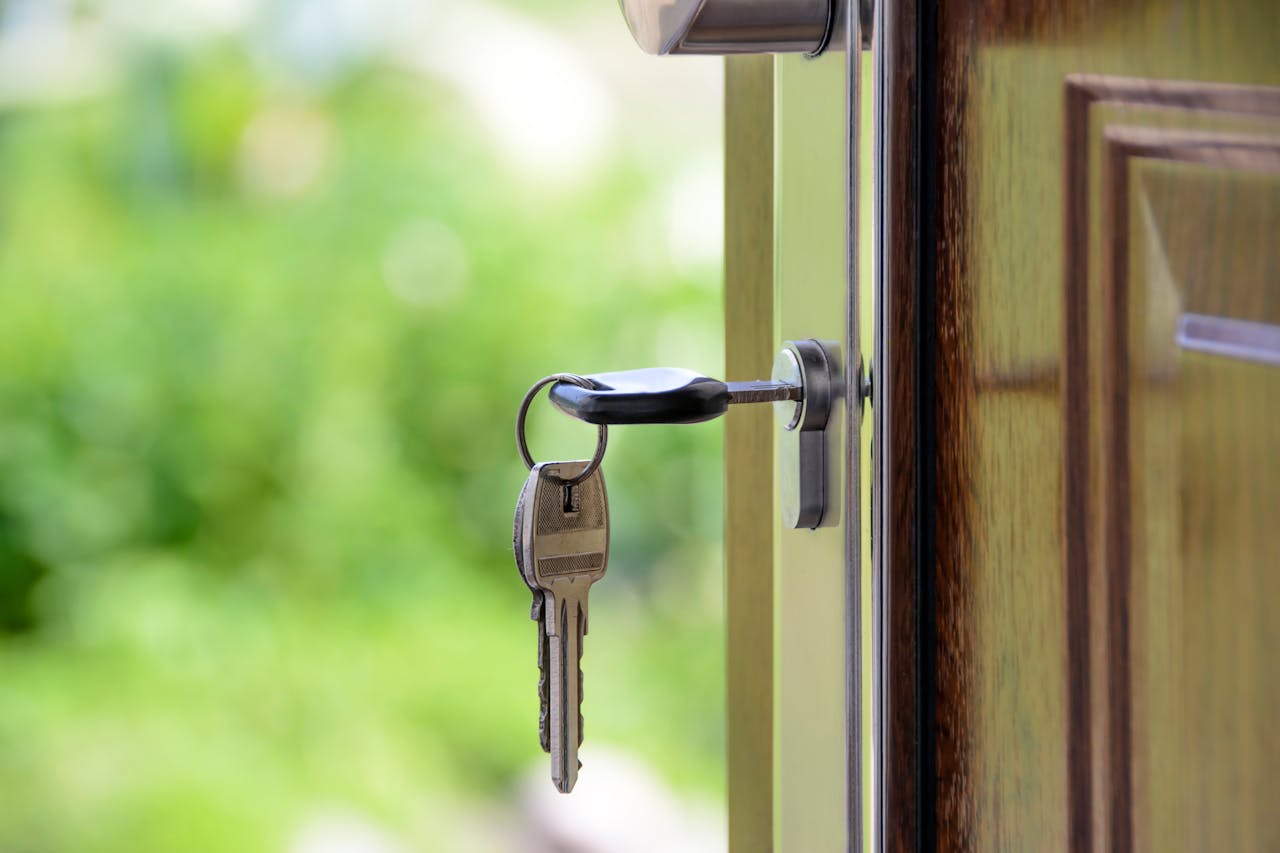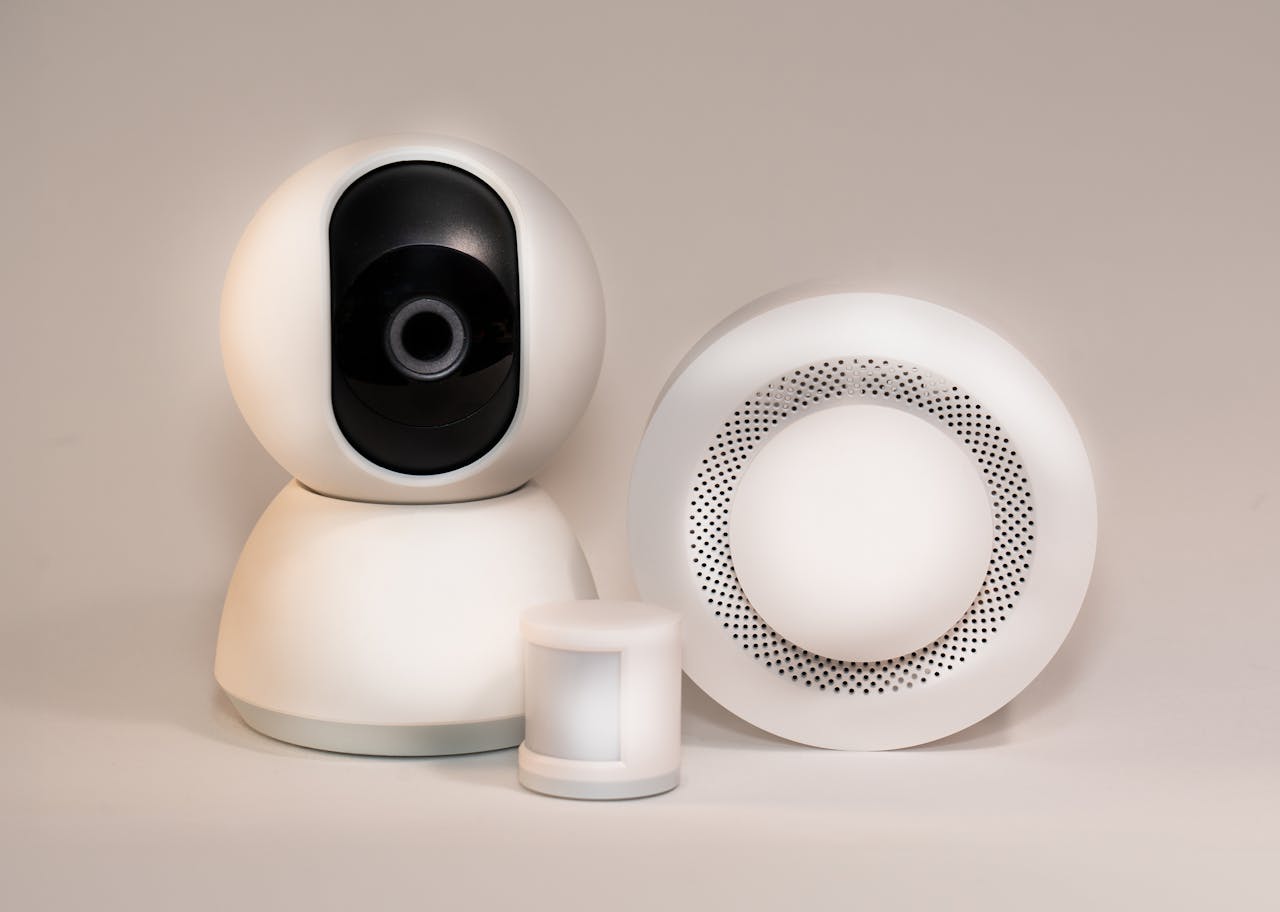



There’s nothing quite like the feeling of stepping into a brand-new home—everything is fresh, untouched and full of potential. But along with that excitement comes a natural desire to keep it all safe. At JPOrleans, we’ve spent more than a century building homes that reflect not just craftsmanship and comfort but confidence too. Whether you’re settling into a community in Pennsylvania, starting fresh in New Jersey or embracing a new chapter in North Carolina, your safety starts with a few smart, simple habits. That’s why we’re sharing some of our favorite home security tips—straightforward ideas that can help you feel more protected from the start.
Sometimes, the best security upgrades aren’t upgrades at all—they’re just small things done well and consistently. One of the most effective ways to strengthen your home’s protection is by double-checking the essentials: sturdy locks on all doors and windows, good lighting around the exterior and keeping shrubs trimmed near entry points.
We often hear from homeowners who assume that new construction means new security too—and while that’s partially true, things like reinforced deadbolts and motion-activated lighting still deserve attention. A well-lit front porch or side path isn’t just welcoming, it’s a quiet deterrent. And those bushes around your windows? Keeping them trimmed low ensures no one can hide in plain sight. These little touches, though easy to overlook, form the first line of defense and they do a lot of heavy lifting.

It’s easy to focus all our attention on the main entrance but some of the most vulnerable spots are tucked around the back or side of the house. Garage doors, sliding glass panels and even basement-level entrances can create unintentional openings—especially if they’re not regularly checked.
For many of us, the garage is a catch-all: bikes, tools, seasonal storage. But it’s also a common entry point. Making sure your interior garage door has a solid deadbolt and treating that door with the same level of care as your front entrance can be a smart move. Patio doors and side gates are also worth a second look. Simple reinforcements like a security bar for a sliding door or a lockable latch on a fence gate can add another layer of protection without requiring major changes.
We’ve come a long way from the days of clunky alarm panels and hardwired systems. Today’s smart security tools are sleek, subtle and surprisingly affordable. From video doorbells that let you answer from your phone to motion-sensor cameras that send real-time alerts, there’s a growing suite of options to choose from—and many integrate easily with your home’s Wi-Fi.
According to recent findings from Travelers Insurance, homes with visible security systems are far less likely to be targeted by burglars. But what’s even more powerful is the flexibility these tools provide. You can check on a delivery while at work, unlock the door for a neighbor without handing over a key or simply keep tabs on your surroundings at any time of day. It’s not about being paranoid—it’s about being prepared. And for homeowners balancing work, travel and family life, that peace of mind is worth its weight in gold.

Security isn’t just a set-it-and-forget-it situation—it’s a rhythm, especially when you’re not home. Whether you’re heading out for the weekend or planning a longer getaway, there are a few habits that can help your home look and feel lived-in even when it’s empty.
Setting lights on timers creates the impression of movement, especially during evening hours. Temporarily pausing your mail or using a hold service from USPS keeps your front step clear and reduces that “no one’s home” look. Some homeowners also choose to use remote apps to simulate presence—like adjusting blinds or triggering indoor lighting with a tap. None of these steps take much time but together they send a strong message: this house is active even when the car’s not in the driveway.
There’s something comforting about knowing your neighbors are nearby—not just for the occasional friendly wave but because shared awareness builds a stronger community. Getting to know who lives around you, whether it’s a casual introduction or joining a neighborhood social group, can go a long way toward creating an environment where people look out for one another.
Some communities have informal watch groups or shared text alerts for unusual activity. Others simply benefit from an extra set of eyes—someone noticing if a garage door is left open or a package sits too long on the porch. This kind of awareness doesn’t mean being suspicious or overly cautious. It just means having a sense of connection which, in many ways, is its own kind of security and helps make the decision easy when choosing the right community for your family.
We know that how a home feels is just as important as how it looks. That sense of security—of being able to relax, rest and fully enjoy your space—is part of what makes a house feel like home. At JPOrleans, we’ve spent generations building with care and integrity, from our townhomes in Pennsylvania to our custom residences in North Carolina. That includes supporting homeowners in the little things like taking practical steps to protect what they love.
So whether you’re unpacking your first box or have been settled in for years, know that a few mindful adjustments can offer long-lasting peace of mind. After all, security isn’t just about locks and lights—it’s about feeling at home in every sense of the word.
